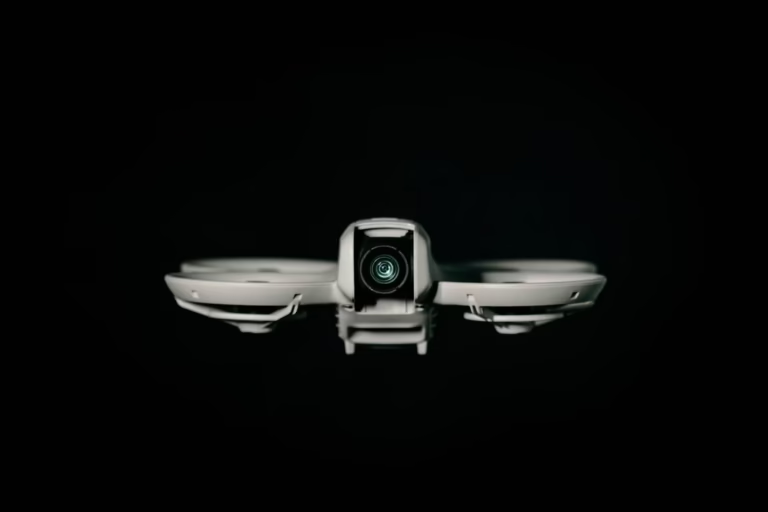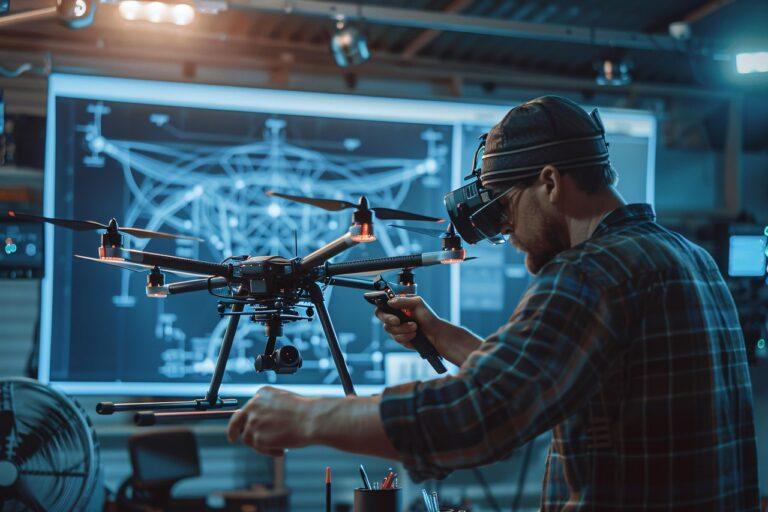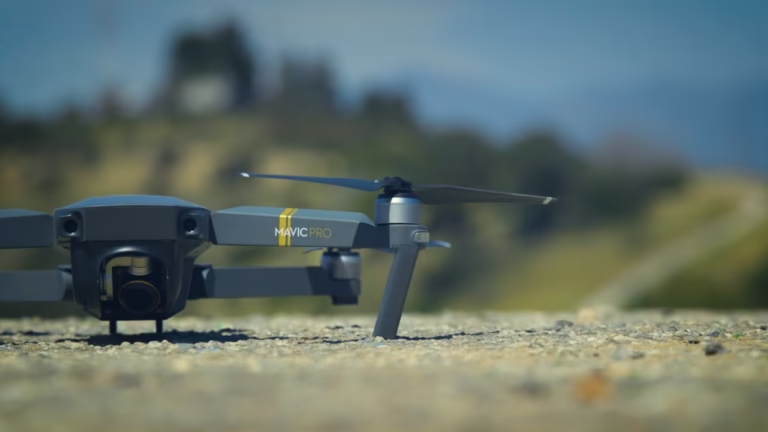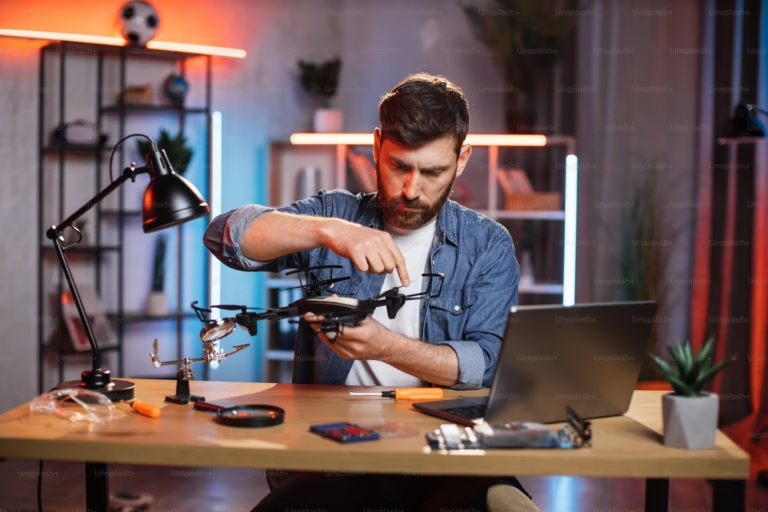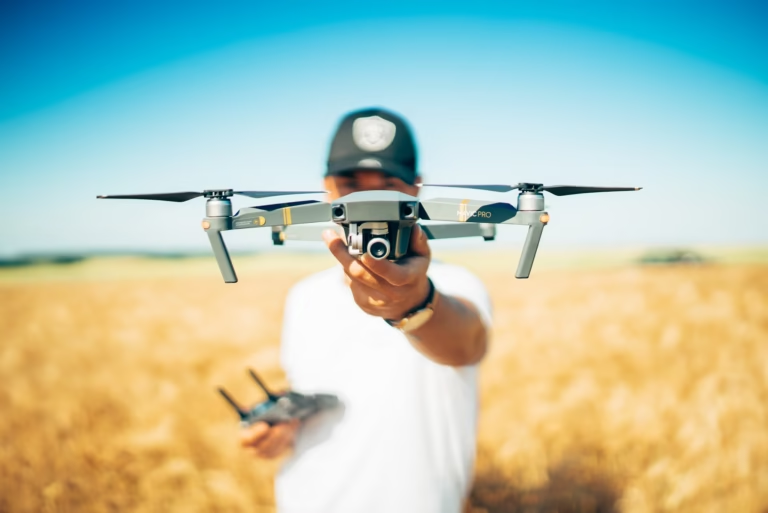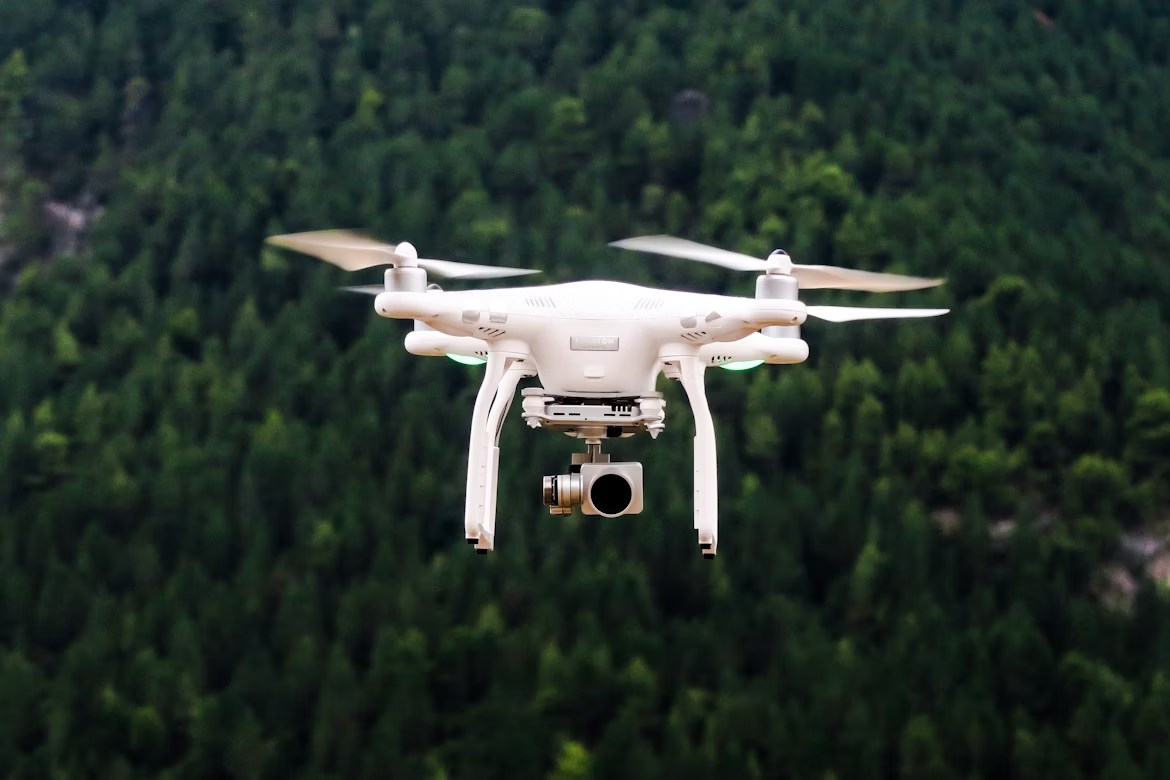
DJI has long been the gold standard in the drone industry, commanding a 70% global market share with its innovative and reliable drones. However, recent developments, including concerns over data security and the potential for a U.S. ban through legislation like the Countering CCP Drones Act, have prompted many to seek viable DJI drone alternatives. This article examines some of the top DJI drone alternatives, highlighting their key features, use cases, and how they compare to DJI’s popular models.
Related Articles:
Why Consider DJI Drone Alternatives?
Several factors are driving the search for alternatives to DJI drones:
- Regulatory Concerns: The U.S. National Defense Authorization Act (NDAA) prohibits federal agencies from using drones with critical components from certain countries, including China, affecting DJI products. The proposed Countering CCP Drones Act could further restrict DJI’s availability in the U.S. market.
- Data Security: Despite third-party audits, such as the 2024 FTI Consulting audit (DJI Privacy Audit), showing no evidence of data breaches, concerns persist about data transmission and storage, particularly for sensitive applications.
- Specialized Needs: Some users require drones with unique features, such as heavy-lift capabilities, modular designs, or open-source software, which DJI may not fully address.
- Geopolitical and Supply Chain Issues: U.S.-China tensions and supply chain disruptions, such as the absence of the DJI Mavic 4 Pro in the U.S., encourage exploration of non-Chinese manufacturers to ensure availability and compliance.
Top DJI Drone Alternatives
Below, we highlight four standout alternatives that cater to a range of users, from beginners to professionals, followed by additional options for specialized needs.

1. Potensic Atom: The Budget-Friendly Choice
The Potensic Atom is an excellent entry-level drone, particularly for beginners or those on a budget. Weighing just 249 grams, it avoids registration requirements in many countries, making it highly accessible. It features a 12MP camera capable of 4K video at 30fps, stabilized by a 3-axis gimbal, and offers a 6km range with approximately 30 minutes of flight time.
Priced around $400 / £400 / AU$700, it competes directly with the DJI Mini 2 SE, offering superior 4K video resolution compared to the Mini 2 SE’s 2.7K. The Potensic Atom also supports manual camera control and raw photo capture, making it versatile for hobbyists. Recent discussions, such as those on Reddit, suggest the Atom’s fly-more package, which includes three batteries and a charging station, provides better value than DJI’s equivalent bundle.
2. Autel Evo Lite+: Professional Features at a Competitive Price
The Autel Evo Lite+ is designed for professionals seeking high-end features without the geopolitical concerns associated with DJI. It boasts a 20MP camera with a 1-inch sensor, capable of 5.4K video at 30fps, and an adjustable aperture (f/2.8 to f/11) for enhanced control in varying light conditions. With a 40-minute flight time and a 12km range, it rivals DJI’s Mavic Air series in performance.
Weighing 835 grams, it’s heavier than consumer drones but offers robust capabilities for aerial photography and videography. Priced between $1,149 and $1,199, it’s a cost-effective alternative for professionals needing advanced imaging capabilities without DJI’s potential regulatory drawbacks.
3. BetaFPV Cetus X: Dive into FPV Flying
For those interested in First Person View (FPV) flying, the BetaFPV Cetus X is an ideal starter kit. This lightweight drone, weighing only 55 grams, includes goggles, a controller, and multiple flight modes to accommodate beginners and intermediate pilots. It features a 400mW VTX C04 FPV camera and a 5-minute flight time, suitable for short, immersive flights.
Priced at approximately $309.99, it’s an accessible entry into FPV flying, offering a complete package that DJI’s FPV drone, which is more expensive and complex, may not match for beginners. The Cetus X is perfect for those looking to explore the thrilling world of FPV without a steep learning curve.
4. HoverAir X1: The Ultimate Selfie Drone
The HoverAir X1 is perfect for social media enthusiasts and travelers seeking a compact, user-friendly drone. Weighing only 125 grams, it features automated subject tracking and cage-like propeller guards for safety. It captures 2.7K video and 12MP photos, with a quick start-up time and a flight duration of under 10 minutes.
Priced between $499 and $1,099 for the Pro/Pro Max versions, it’s a unique alternative to DJI’s consumer drones, emphasizing ease of use and portability for aerial selfies and social media content creation.
Other Notable Alternatives
For users with specific requirements, several other drones stand out for their specialized capabilities:
- Skydio X10 (Skydio X10): Renowned for its autonomous navigation, this NDAA-compliant drone features a 48MP RGB camera, thermal imaging, and a 40-minute flight time, making it ideal for inspections, public safety, and enterprise applications.
- Freefly Alta X (Freefly Alta X): A heavy-lift drone with a 50-minute flight time and a 15.9kg payload capacity, perfect for professional cinematography and LiDAR mapping tasks.
- Parrot Anafi USA (Parrot Anafi USA): NDAA-compliant with a 32x zoom and thermal sensor, this drone is well-suited for security, surveillance, and inspection tasks.
- Anzu Robotics Raptor (Anzu Raptor): A DJI Mavic 3 replica with U.S.-based software, offering a 4/3 CMOS sensor and a 45-minute flight time, though priced significantly higher at $5,099–$8,099.
- AgEagle eBee X (eBee X): Designed for large-scale mapping, with a 90-minute flight time and multiple sensor options for surveying and geospatial applications.
- WingtraOne Gen II (WingtraOne): A vertical take-off and landing (VTOL) drone for surveying, with a 59-minute flight time and high-accuracy sensors for professional mapping.
Key Takeaways
- For Beginners: The Potensic Atom offers excellent value with 4K video, a 3-axis gimbal, and a sub-250g design, making it a strong alternative to the DJI Mini series for hobbyists.
- For Professionals: The Autel Evo Lite+ provides advanced features like a 1-inch sensor and adjustable aperture, rivaling DJI’s Mavic Air series for aerial photography and videography.
- For FPV Enthusiasts: The BetaFPV Cetus X kit is an affordable, all-in-one solution for those new to FPV flying, offering an accessible entry point compared to DJI’s FPV drone.
- For Selfie Lovers: The HoverAir X1 excels in portability and automated tracking, making it ideal for social media content creation and aerial selfies.
- For Specialized Needs: NDAA-compliant drones like the Skydio X10 and Parrot Anafi USA cater to professional and industrial applications, while the Freefly Alta X supports heavy payloads for cinematography and mapping.
Conclusion
As the drone market evolves, alternatives to DJI are gaining traction by offering competitive features, regulatory compliance, and diverse use cases. While DJI remains a leader in the industry, drones like the Potensic Atom, Autel Evo Lite+, BetaFPV Cetus X, and HoverAir X1 provide compelling options for various users, from beginners to professionals.
For those needing NDAA-compliant or specialized drones, brands like Skydio, Freefly, and Parrot offer robust solutions tailored to specific needs. By considering your budget, intended use, and regulatory requirements, you can find a DJI drone alternative that meets your needs and delivers exceptional performance.

